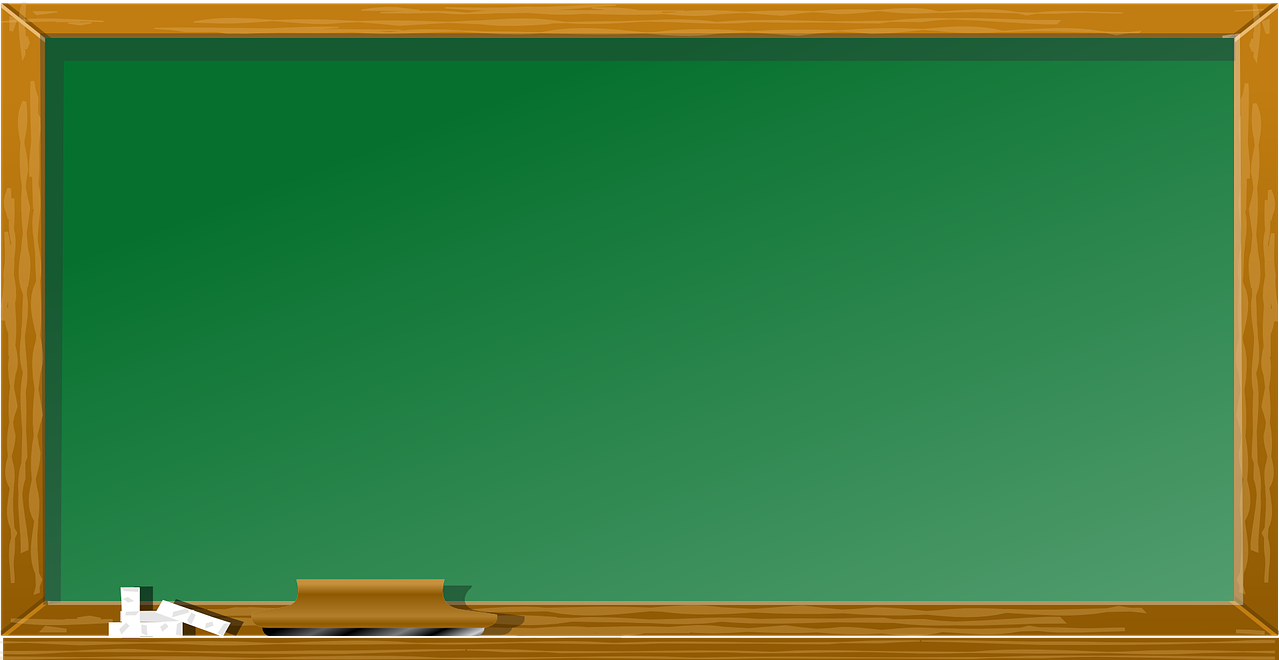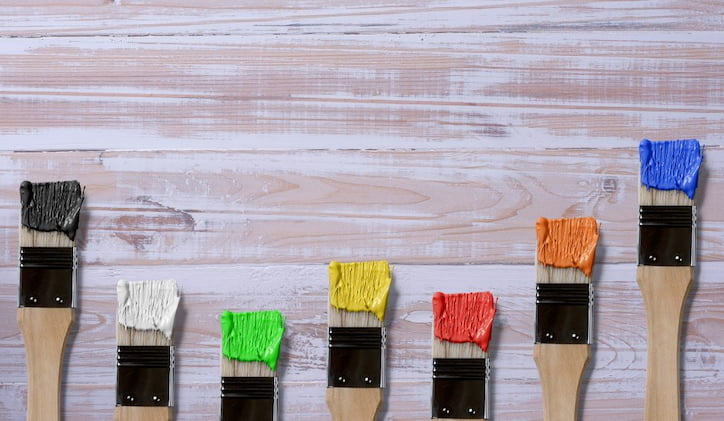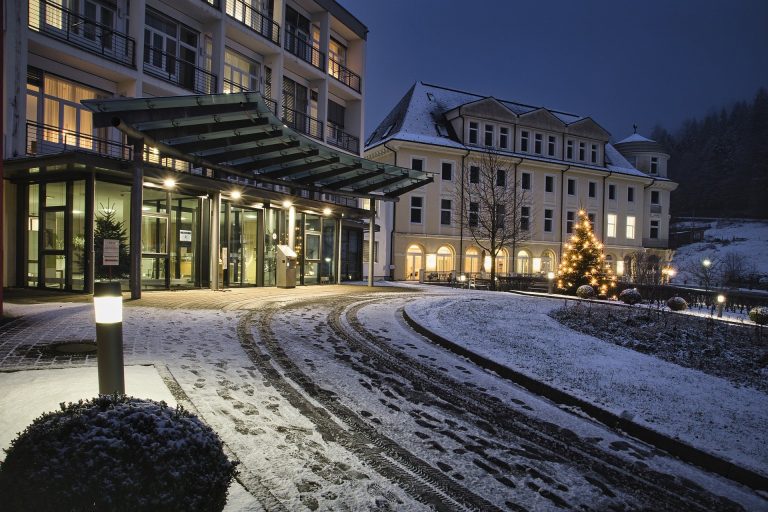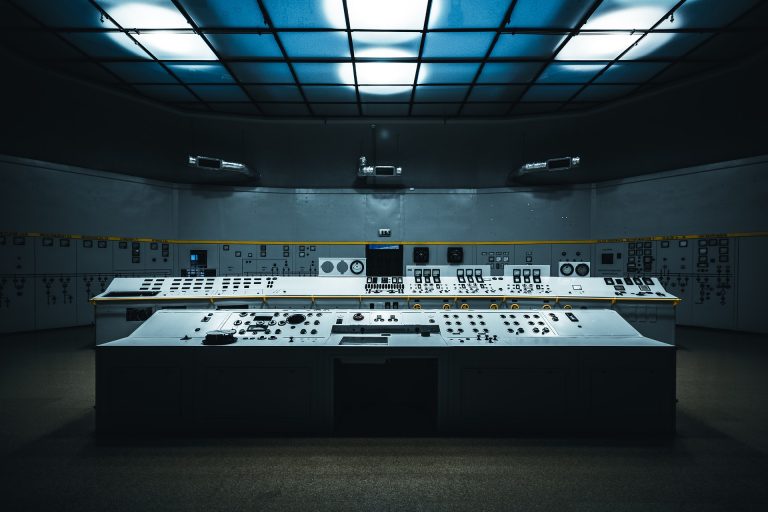Ultimate Guide to Homewyse Interior Painting: Avoid Top 5 Mistakes
Avoid common pitfalls in homewyse interior painting with our guide to the top 5 mistakes, from skipping wall prep to improper paint storage. Achieve professional results by learning essential tips on primer use, surface protection, and more for a hassle-free home improvement project.
Introduction
Transform your living space with confidence using this comprehensive guide to homewyse interior painting. Avoid common pitfalls and achieve professional-grade results with expert advice on preparation, tools, and techniques.
1. Skipping Wall Prep:homewyse interior painting
Preparing walls is crucial for a flawless finish. Patch holes with spackling compound like DAP’s pink-to-white drying formula, dust off cobwebs, and use a magic eraser for stubborn baseboard stains to ensure perfect paint adhesion.
2. Not Using Primer
Primer seals stains and blocks dark colors when switching shades, making it essential for quality results. Fix water damage causes first, though premium paints with built-in primer can suffice unless covering severe issues, saving you time.
3. Using Too Much Paint
Overloading tools causes uneven drying and splatters. Use rollers by wringing excess on the tray and dip brushes lightly, scraping the bucket edge for just the right amount, ensuring a smooth, professional application.

4. Unprotected Surfaces
Safeguard your homewyse interior painting by moving furniture or covering it, and lay drop cloths—canvas, plastic, or old sheets—over floors and stairs. This prevents splatter damage, keeping your space pristine during painting.
5. Wrong Paint Storage
Reseal paint cans between coats to keep out debris and prevent drying, especially with fans. Store in a climate-controlled area to avoid temperature damage, preserving paint for future touch-ups and maintaining quality.
Also read:7 Best Winter Maintenance Tips for Homeowners
Conclusion
Master these tips to elevate your homewyse interior painting project. With proper preparation and care, enjoy a stunning, long-lasting result that enhances your home’s beauty.
FAQs
How should I store paint properly during and after painting? Always replace the lid on paint cans between coats to keep out dust, bugs, and debris, and prevent quick drying, especially with fans. Store in a climate-controlled area to avoid damage from extreme temperatures. This preserves paint for future touch-ups and maintains its quality for scuff repairs over time.
Why is wall preparation important before starting interior painting? Skipping wall prep can lead to visible imperfections like holes or stains showing through the new paint. Start by patching holes with spackling compound, such as DAP’s pink-to-white drying version for easy sanding. Then, dust off cobwebs and use a magic eraser for tough stains on baseboards to ensure proper paint adhesion and a smooth finish.
Do I need to use primer for homewyse interior painting? Primer helps seal stains, like water damage, preventing them from bleeding through, and blocks dark colors when switching to lighter shades. However, many high-quality paints have built-in primer, so you might skip a separate coat unless covering severe issues. Always fix the cause of stains first to avoid future problems.
How can I avoid using too much paint during a painting project? Overloading your brush or roller leads to uneven drying, runs, and splatters that ruin surfaces. Dip only an inch into the paint and scrape excess off the bucket edge for brushes, or roll over the tray’s ridged area for rollers. This ensures just enough paint for even coverage and professional-quality results.
What should I do to protect surfaces while painting interiors? Take time to move furniture out or away from walls and cover immovable items or floors with drop cloths, preferably canvas or plastic from a hardware store. Old sheets or newspapers work as alternatives. This prevents accidental splatters or spills from damaging your home during the painting process.
Also, read:- homewyse Interior Painting




